Did The Fresh Prince Accurately Portray Wealth in the ’90s?
The ’90s were a wild time for TV, and The Fresh Prince of Bel-Air didn’t just slap when it came to jokes. It gave one of the most iconic portrayals of a wealthy Black family living in America. But how well The Fresh Prince of Bel-Air portrayed wealth in the ’90s is still up for debate. Did it lean into reality, or were the Bankses living in a fantasy realm of endless riches? Let’s break it down and explore how the show’s depiction of affluence hit or missed the mark.
The Banks Family House Says a Lot
The Banks family home in Bel-Air was basically a character itself. When you hear about its grand staircase, sprawling layout, and pristine design, you’d expect it to scream “money.” But the house wasn’t dripping in gold; it had more of a comfortable elegance. This was key to showing the Bankses’ wealth wasn’t just obscene opulence but something more aspirational. People then and now could look at it and think, “That’s rich, but it’s not unattainable.” The nature of the home made it clear that Uncle Phil and Aunt Viv had worked hard to get what they had.
The set designers avoided anything that would have been too out of reach and too associated with massive wealth at the time. Take the living room, for example. One of the most common misconceptions about leather furniture at the time is that it was this boujee option, and that might be part of why set designers didn’t use it in this space. You won’t see that high-ticket, untouched leather and quartz style in the Banks household. Instead, their living room sports a polished-yet-casual, soft, and approachable vibe that reflects its use as a space for a growing family.
Fashion and Personal Style As Wealth Indicators
Will might have been the king of bold prints and Jordans, but the way the Bankses dressed told their own story of affluence. Carlton was the epitome of preppy style with his sweater vests and pressed khakis, while Hilary’s high-end designer wardrobe screamed “trust fund baby.”
Fashion was more than just aesthetics here. It gave us clues about the characters’ pocketbooks and how they saw the world. Will’s urban style felt like a link to his Philly roots, standing in contrast to the polished looks of the Banks kids. It showed that wealth can shape your identity, which was true in the ’90s—just as it is today.
Sending Will and Carlton to Private School
Nothing says “we’ve got money” like exclusive private schools, especially in the ’90s. The Banks family sending Will and Carlton to Bel-Air Academy was a flex, but it also served as a clever plot device. It highlighted the culture shock Will experienced as a working-class teen now mingling with kids who grew up riding ponies and vacationing in the Hamptons.
The private school wasn’t just about signaling the Bankses’ wealth; it also reflected their values. They wanted the best opportunities for their kids, even if it meant putting them in high-pressure environments. In the ’90s, Ivy Leagues and private education had a more mainstream pull and a demonstrable value, so it was realistic for Phil and Viv to prioritize that kind of education.
Hilary Banks and the Price of Privilege
Hilary Banks was a walking case study on wealth and privilege in that decade. Her spoiled and sometimes clueless behavior often seemed over the top, but it wasn’t too far from reality for certain rich kids of the ’90s. From her expensive shopping sprees to her “Daddy will fix it” attitude, Hilary embodied the kind of wealth that could make luxury feel like an entitlement.
But she wasn’t a one-note character. Her attempts at pursuing a career showed the pressure to live up to family expectations. Even though Hilary’s wealth gave her a safety net, it didn’t mean her life was without challenges. The show balanced her superficial digs with moments of vulnerability that made her a bit more relatable—for a rich girl, anyway.
Geoffrey’s Role in the Wealth Dynamic
No rich family trope is complete without the butler. Geoffrey wasn’t just a servant; he was practically family, stepping in to offer brutal honesty whenever the Bankses became too disconnected from reality. His dry humor often knocked their privilege down a peg, grounding the characters in ways that kept them from becoming caricatures of rich people.
Geoffrey’s presence also highlighted themes of social hierarchy. He was a constant reminder that while the Bankses were enjoying the spoils of their wealth, people like him were working hard behind the scenes. This layer of complexity gave the show a smarter take on wealth than many of its sitcom peers.
But was having a live-in butler realistic for a family in the ’90s? Probably not.
Estimating the Banks Family’s Wealth
If we had to guess, just how much were the Bankses pulling in? Philip Banks was a high-powered lawyer turned judge, and Vivian had an academic background. Add that to their Bel-Air mansion, private school tuition, and multiple luxury cars, and it’s safe to assume their net worth landed just around the multi-million dollar range.
But their wealth wasn’t Kardashian ridiculous. It felt lived-in and believable for a successful professional Black family during that era.
This distinction mattered. The Bankses weren’t about flaunting wealth for wealth’s sake; their portrayal leaned more aspirational than unattainable. Many episodes also showed that there was a real concern about financial security for even their well-off family, which is something a lot of households felt in the ’90s.
Cultural Representation of a Black Wealthy Family
One of the most groundbreaking aspects of The Fresh Prince of Bel-Air was how it showed a wealthy Black family. Black affluence is something media rarely portrays, and when media does show it, the choices can feel exaggerated or out of reach. The Bankses stood out by normalizing success in a way that was aspirational while remaining culturally rooted.
Will’s presence also brought an important counterbalance. His background as a kid from a working-class neighborhood in Philly allowed the show to explore the friction between social classes. This dynamic challenged stereotypes about what it means to be rich, Black, and successful during a time when TV rarely tackled those intersections.
Banks Family Wealth as a Lens on ’90s Affluence
Whether you look at their mansion, their wardrobe, or their private school choices, the Banks family undeniably oozed wealth. However, the series was smart about layering this topic with humor, heart, and occasional critique. How well The Fresh Prince of Bel-Air portrayed wealth in the ’90s lies in its ability to show success and privilege while addressing the realities of race, class, and identity.
Share this content:

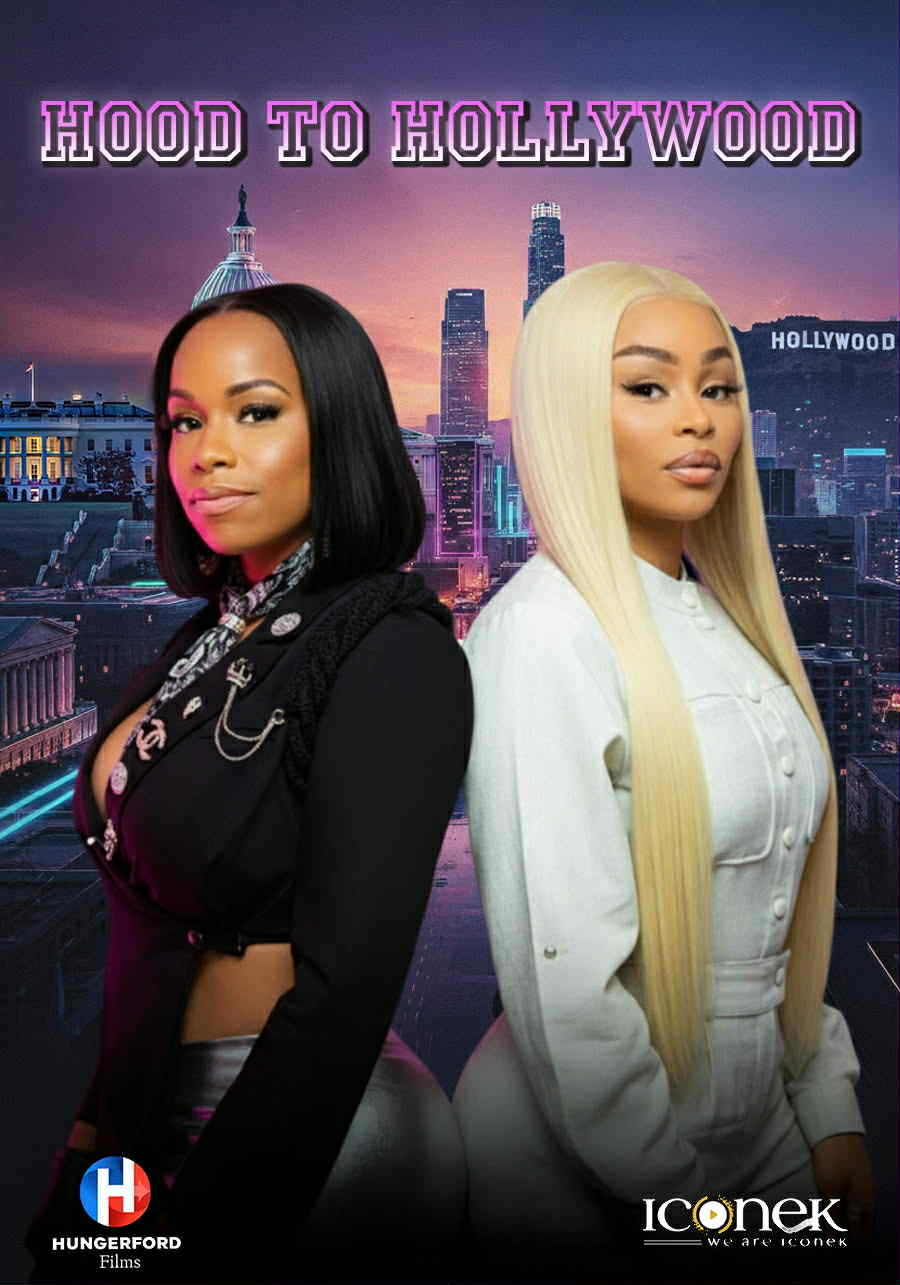

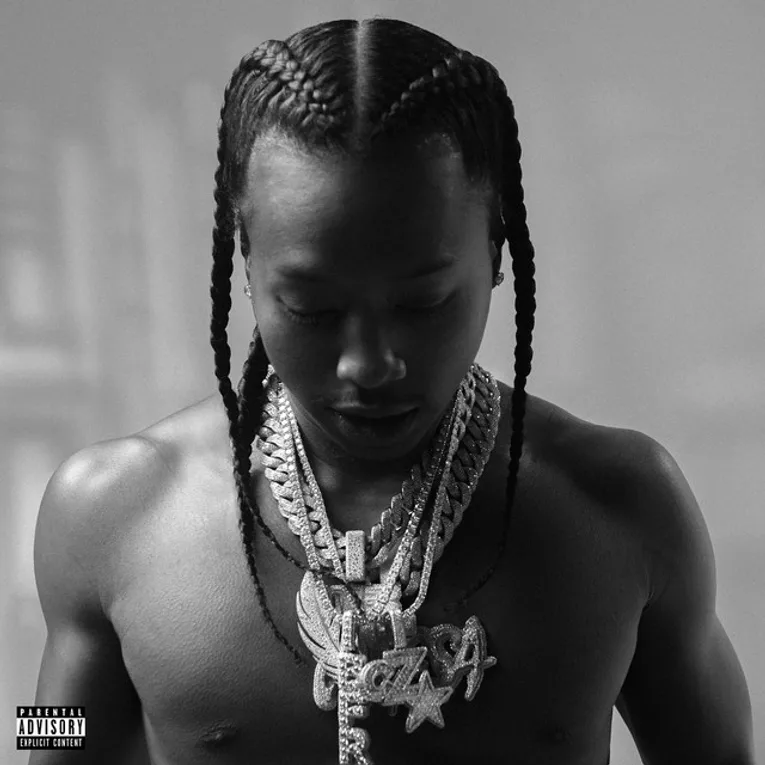

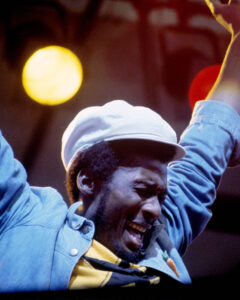



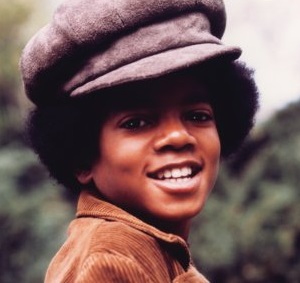
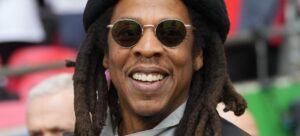

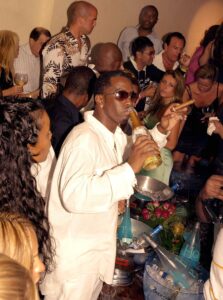

Post Comment